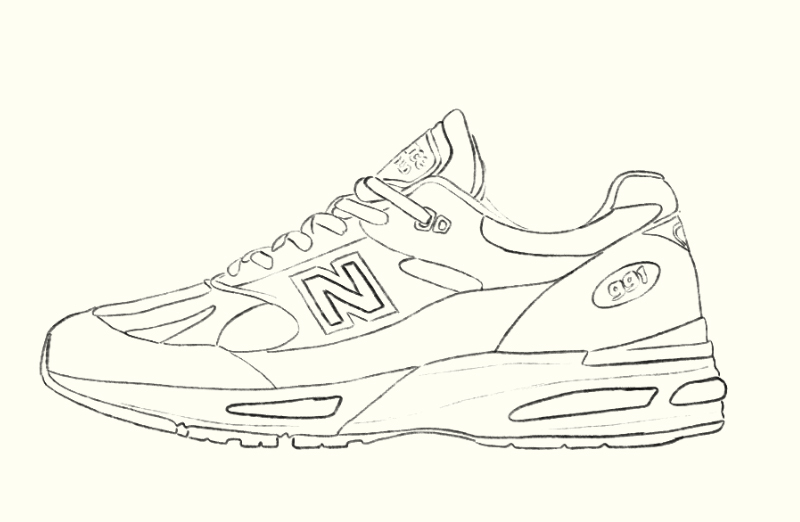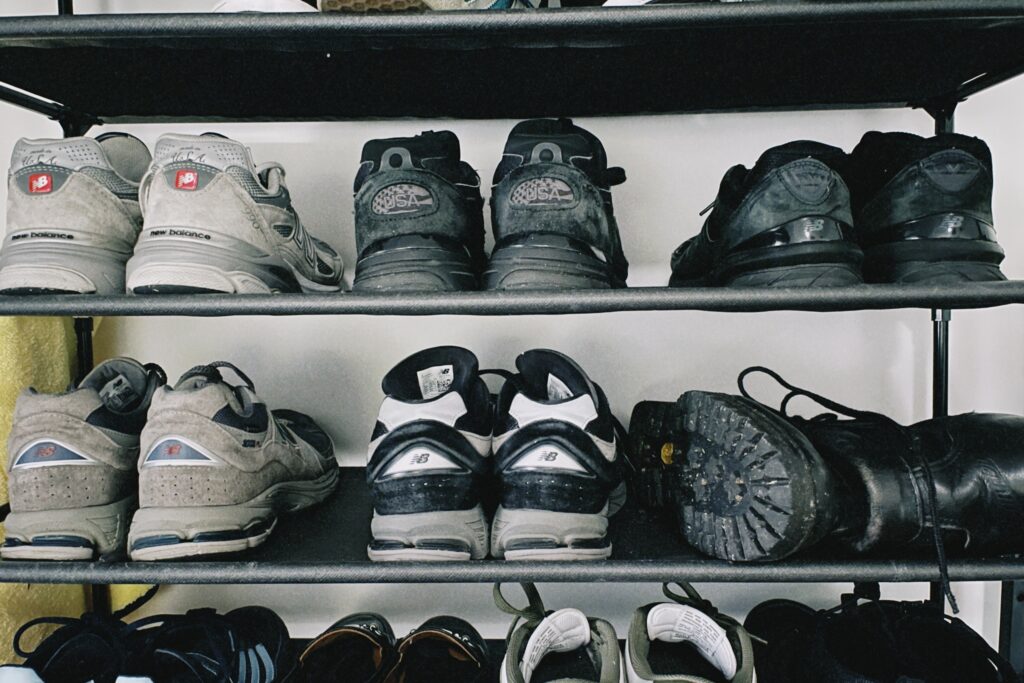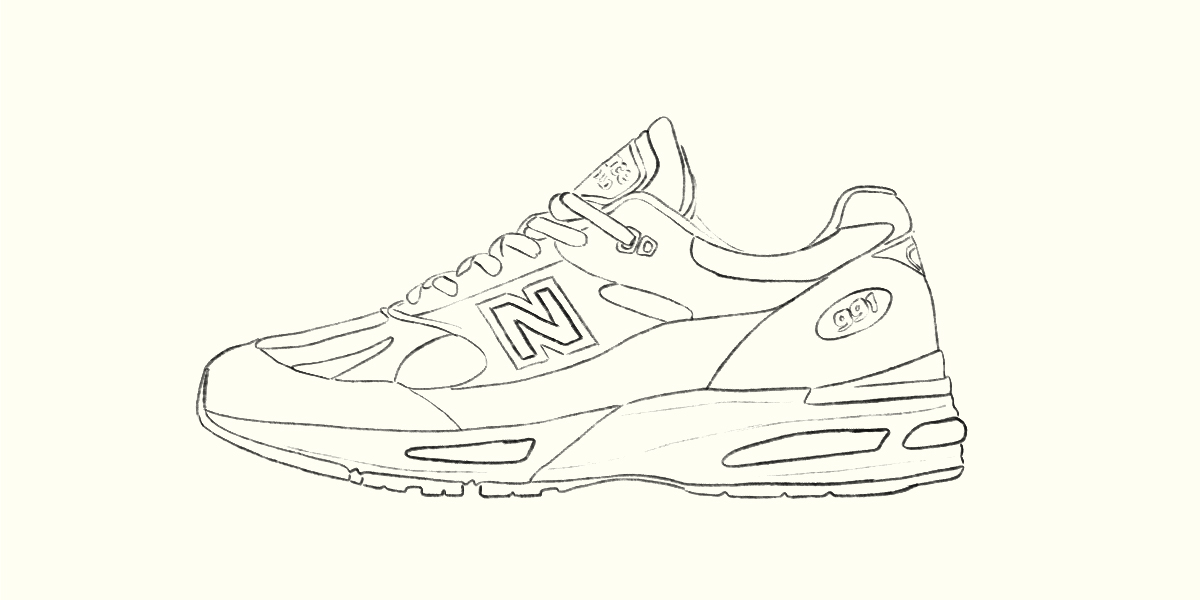I Found the Shoes I Wanted
The other day, I temporarily returned to Japan from Australia. I am currently studying abroad in Australia, and this was my first trip back home in two years.
The primary purpose of my return was to see my family and friends. While I make it a point to regularly talk to them through phone calls and FaceTime, it’s just not the same as meeting face-to-face. There’s often a lingering sense of something missing. So, meeting the people I wanted to see was my top priority.
There was also another thing I wanted to do in Japan: shopping!! Items available in Japan are affordable and of high quality. Since moving to Australia, I’ve come to realize this more than ever. To buy good products, I usually have to pay a high price. This is a given, but it’s different in Japan. There are plenty of high-quality items available at low prices. Therefore, I wanted to take the opportunity to shop as much as possible while I was in Japan.It was during one of these shopping trips that I came across these shoes.

New Balance 991 V2
This shoes is the New Balance 991v2. This is an improved version of the sneakers Steve Jobs used to wear. They are known for their comfort, thanks to the latest cushioning system. When I tried them on, I immediately understood why they’re so highly regarded. Not only are they incredibly comfortable, but the design also matches my style perfectly. I almost bought them on impulse. However, I decided to hold off and give myself some time to think it over.
The price was high, and I already have a sufficient number of shoes. If I were to buy a new pair, I would need to get rid of one of the pairs I currently own, because my shoe cabinet is already full.
Even though I managed to resist the urge to buy them at first, I couldn’t stop thinking about them afterward. As I traveled around Japan, the shoes kept popping into my mind. I found myself daydreaming about how happy I’d be wearing them on my travels.
I realized I needed to make a decision soon to ease my restless mind. So, I decided to list the reasons for and against buying the shoes on paper.
Reasons to Buy and Not to Buy
Here are the reasons I wrote down:
Reasons to Buy
- Fashionable
These shoes go well with my style, and wearing them makes me feel more stylish. - Comfortable
The shoes feature New Balance’s latest cushioning technology, providing a very comfortable, springy feel. Since I have a job that requires a lot of walking, these shoes would be great for work.
Reasons Not to Buy
- Lack of Space
I live in a share house with limited space for shoes. I have a two-tier shoe rack, and there’s no room for another pair. If I buy new shoes, I’ll have to sell or throw away one of the pairs I currently own.

- High Price
The price of these shoes is equivalent to two days of my salary. When I think about whether I want to work an extra two days just to afford these shoes, I honestly feel it’s quite expensive.
Did I Buy the Shoes?
In the end, I decided not to buy the shoes.
The main reason was that I didn’t want to get rid of any of the shoes I currently own. I have a lot of great shoes, and I didn’t want to part with any of my favorites just to make room for a new pair. I have no regrets about this decision; it was probably the best choice for me. This experience also reinforced my appreciation for the “One in, One out” principle.
What is One in, One out?
For those who are unfamiliar with the term “One in, One out,” let me explain it briefly. It’s a principle often mentioned in minimalist lifestyles. The rule is simple: for every new item you bring into your home, you let go of an existing item. This helps maintain balance and prevents an accumulation of possessions. By following this rule, you can keep your living space organized and ensure you only have items that are truly necessary and valuable to you.
Benefits of One in, One out
Adhering to the One in, One out principle allows you to set strict criteria when purchasing new items. The key question to ask is whether the new item is better than what you already have. If the answer is no, it’s best to refrain from buying it. Purchasing something despite answering no will only lead to an unnecessary accumulation of items.
In my case, while there were benefits to buying the new shoes, the hassle of getting rid of a pair I already owned deterred me. The emotional struggle of parting with beloved shoes or the hassle of listing them on a marketplace was enough to make me think twice.
Without the One in, One out principle, I might have bought the shoes without considering these factors, leading to an ever-growing collection.
How to Maintain One in, One out
One in, One out is an excellent system, but it’s also challenging to maintain. Making an exception even once can make it difficult to stick to the principle. Let me share a bit about my past experience.
I used to collect sneakers as a hobby. Initially, I only bought as many as could fit in my shoe cabinet. However, one day I couldn’t resist buying more sneakers than my cabinet could hold because I had the chance to get some rare sneakers at a lower price.
Making this one exception led to a slippery slope where I kept buying more sneakers, eventually running out of storage space.
To avoid making such exceptions, it’s crucial to set strict limits on your storage space and never exceed that capacity.
If you don’t want your possessions to keep increasing unchecked, start by designating specific storage spaces for your items. Make sure not to buy more than what fits in these spaces. This approach can help reduce clutter and minimize stress caused by an overcrowded living environment.
Thank you for reading until the end.
If you have any questions, please feel free to contact me through the social media links below.
I also make vlogs, so I’d be happy if you could check them out!
Sayonara

